Joachim Böcker
Thermal Neural Networks: Lumped-Parameter Thermal Modeling With State-Space Machine Learning
Apr 08, 2021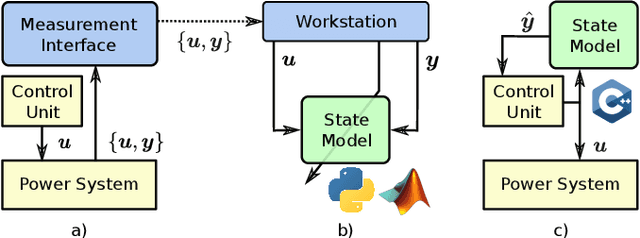


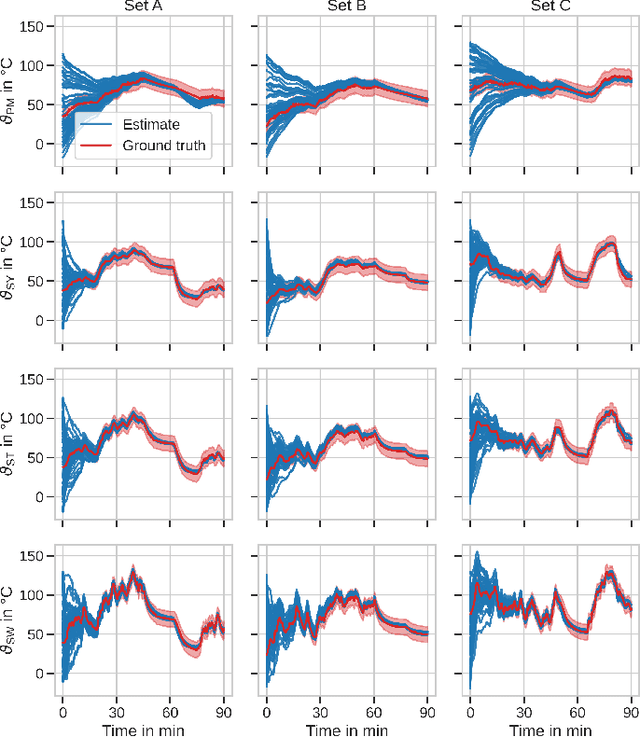
Abstract:With electric power systems becoming more compact and increasingly powerful, the relevance of thermal stress especially during overload operation is expected to increase ceaselessly. Whenever critical temperatures cannot be measured economically on a sensor base, a thermal model lends itself to estimate those unknown quantities. Thermal models for electric power systems are usually required to be both, real-time capable and of high estimation accuracy. Moreover, ease of implementation and time to production play an increasingly important role. In this work, the thermal neural network (TNN) is introduced, which unifies both, consolidated knowledge in the form of heat-transfer-based lumped-parameter models, and data-driven nonlinear function approximation with supervised machine learning. A quasi-linear parameter-varying system is identified solely from empirical data, where relationships between scheduling variables and system matrices are inferred statistically and automatically. At the same time, a TNN has physically interpretable states through its state-space representation, is end-to-end trainable -- similar to deep learning models -- with automatic differentiation, and requires no material, geometry, nor expert knowledge for its design. Experiments on an electric motor data set show that a TNN achieves higher temperature estimation accuracies than previous white-/grey- or black-box models with a mean squared error of $3.18~\text{K}^2$ and a worst-case error of $5.84~\text{K}$ at 64 model parameters.
Data Set Description: Identifying the Physics Behind an Electric Motor -- Data-Driven Learning of the Electrical Behavior (Part II)
Mar 25, 2020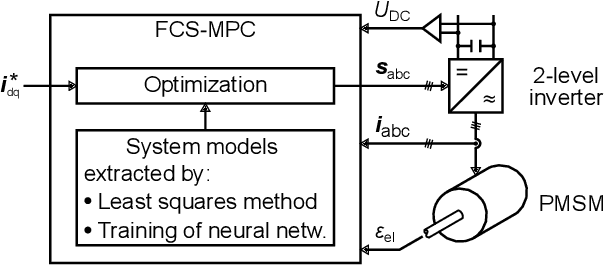
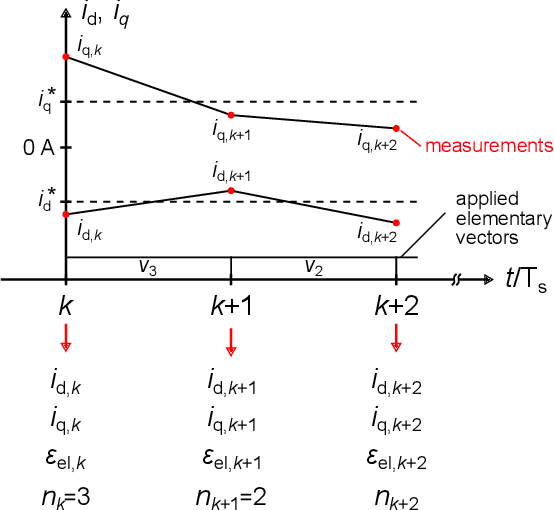
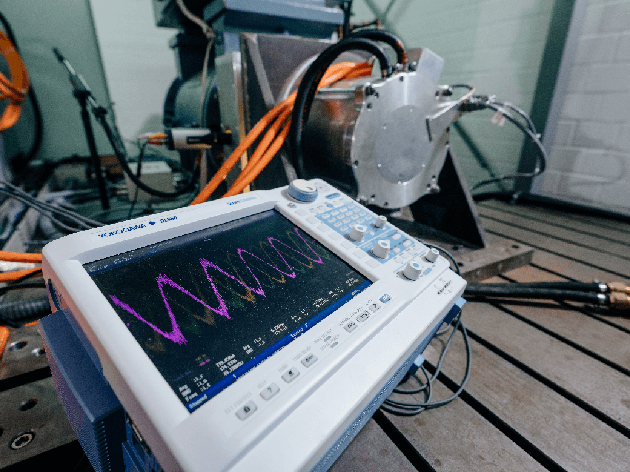
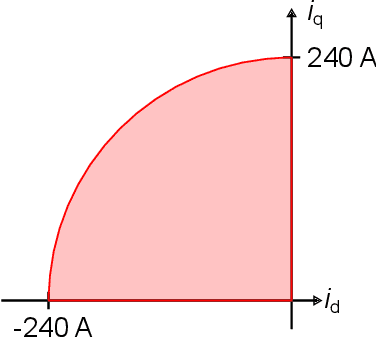
Abstract:A data set was recorded to evaluate different methods for extracting mathematical models for a three-phase permanent magnet synchronous motor (PMSM) and a two-level IGBT inverter from measurement data. It consists of approximately 40 million multidimensional samples from a defined operating range of the drive. This document describes how to use the published data set \cite{Dataset} and how to extract models using introductory examples. The examples are based on known ordinary differential equations, the least squares method or on (deep) machine learning methods. The extracted models are used for the prediction of system states in a model predictive control (MPC) environment of the drive. In case of model deviations, the performance utilizing MPC remains below its potential. This is the case for state-of-the-art white-box models that are based only on nominal drive parameters and are valid in only limited operation regions. Moreover, many parasitic effects (e.g. from the feeding inverter) are normally not covered in white-box models. In order to achieve a high control performance, it is necessary to use models that cover the motor behavior in all operating points sufficiently well.
Data Set Description: Identifying the Physics Behind an Electric Motor -- Data-Driven Learning of the Electrical Behavior
Mar 25, 2020



Abstract:Two of the most important aspects of electric vehicles are their efficiency or achievable range. In order to achieve high efficiency and thus a long range, it is essential to avoid over-dimensioning the drive train. Therefore, the drive train has to be kept as lightweight as possible while at the same time being utilized to the best possible extent. This can only be achieved if the dynamic behavior of the drive train is accurately known by the controller. The task of the controller is to achieve a desired torque at the wheels of the car by controlling the currents of the electric motor. With machine learning modeling techniques, accurate models describing the behavior can be extracted from measurement data and then used by the controller. For the comparison of the different modeling approaches, a data set consisting of about 40 million data points was recorded at a test bench for electric drive trains. The data set is published on Kaggle, an online community of data scientists.
Data-Driven Permanent Magnet Temperature Estimation in Synchronous Motors with Supervised Machine Learning
Jan 17, 2020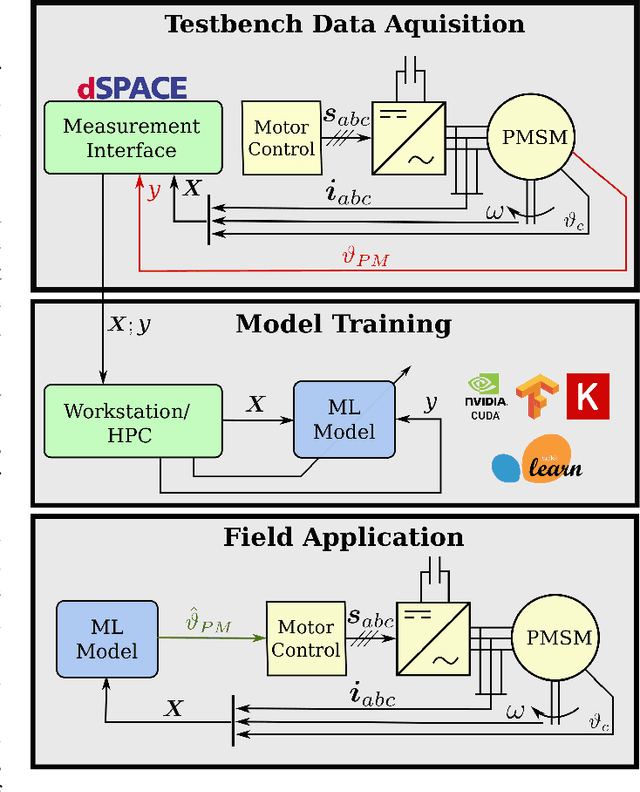

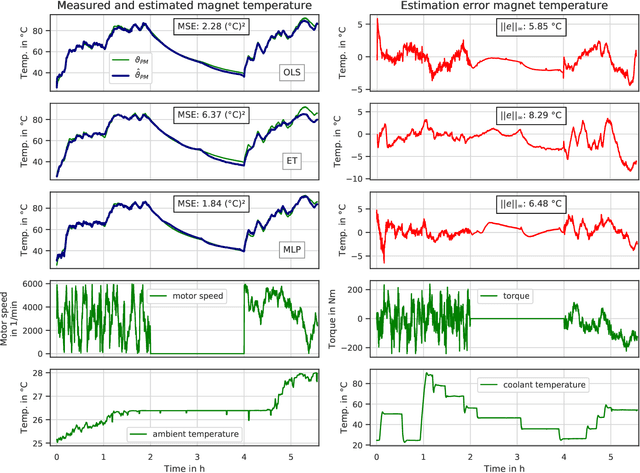

Abstract:Monitoring the magnet temperature in permanent magnet synchronous motors (PMSMs) for automotive applications is a challenging task for several decades now, as signal injection or sensor-based methods still prove unfeasible in a commercial context. Overheating results in severe motor deterioration and is thus of high concern for the machine's control strategy and its design. Lack of precise temperature estimations leads to lesser device utilization and higher material cost. In this work, several machine learning (ML) models are empirically evaluated on their estimation accuracy for the task of predicting latent high-dynamic magnet temperature profiles. The range of selected algorithms covers as diverse approaches as possible with ordinary and weighted least squares, support vector regression, $k$-nearest neighbors, randomized trees and neural networks. Having test bench data available, it is shown that ML approaches relying merely on collected data meet the estimation performance of classical thermal models built on thermodynamic theory, yet not all kinds of models render efficient use of large datasets or sufficient modeling capacities. Especially linear regression and simple feed-forward neural networks with optimized hyperparameters mark strong predictive quality at low to moderate model sizes.
 Add to Chrome
Add to Chrome Add to Firefox
Add to Firefox Add to Edge
Add to Edge